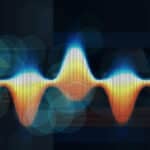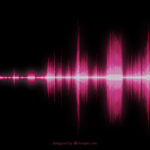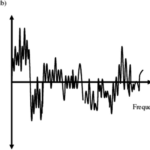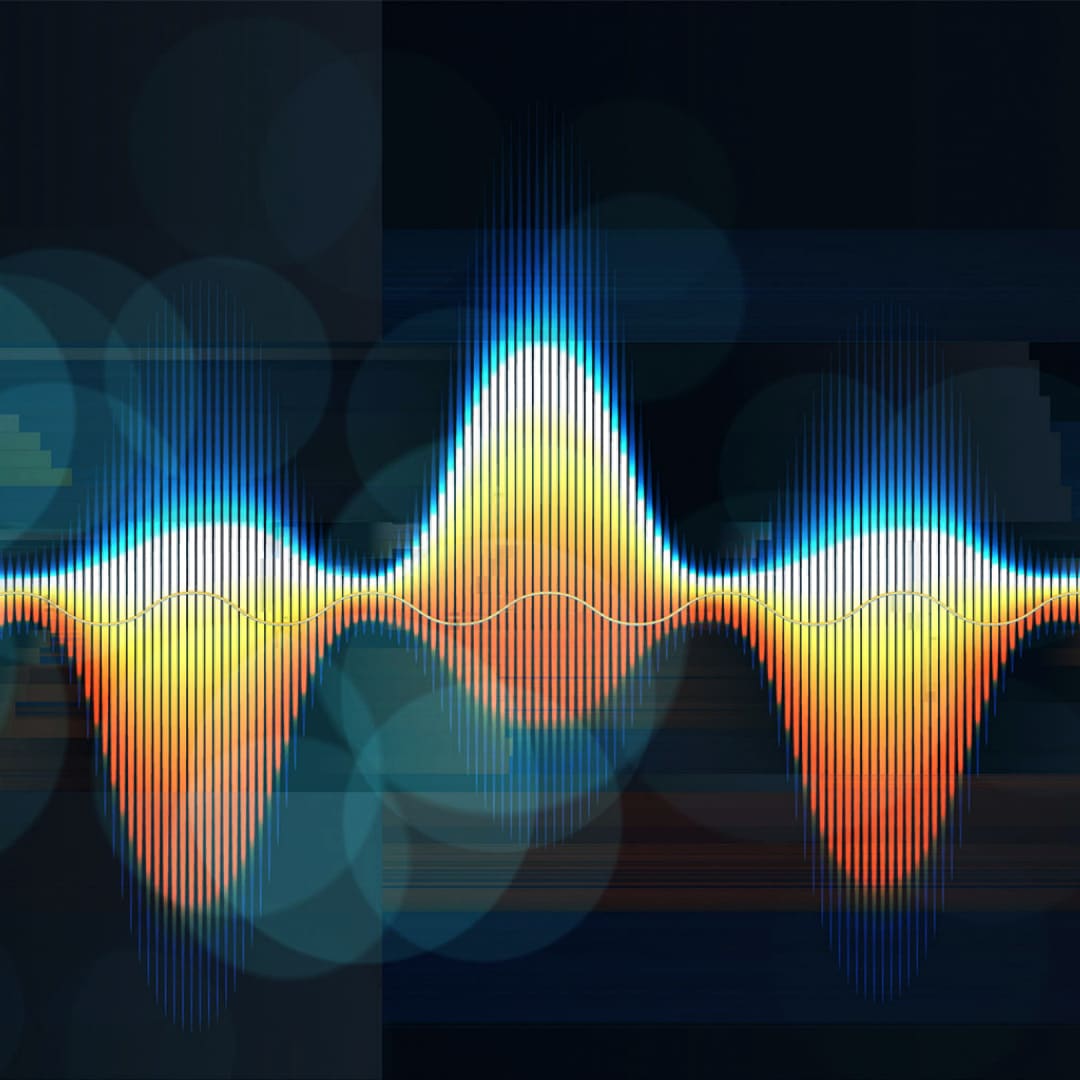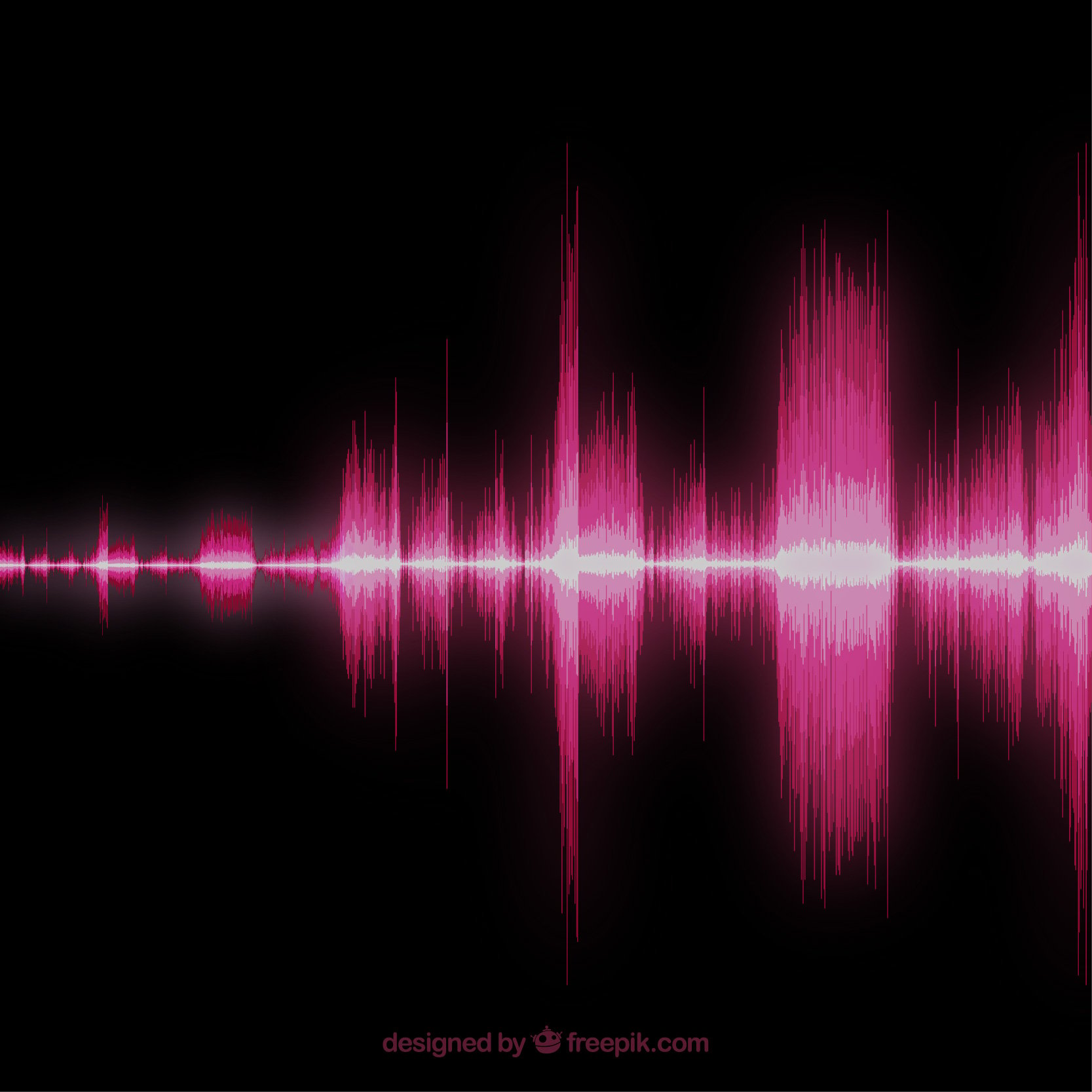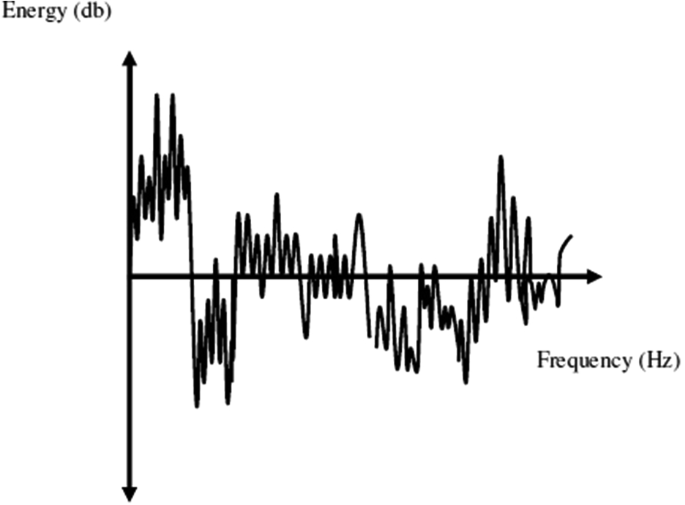Dithering is an important part of mixing and mastering, and it is often misunderstood. It is an important part of digital audio, and it is easy when you understand how to do it. However, if you aren’t sure what you are doing, it can be stressful.
Dithering is low-level noise that is added to audio. It helps reduce errors when you are changing the bit depth. If you look up the word dither, you will find that it means “nervous vibration.” It was discovered by engineers who discovered that the vibration of the plane’s engine increased the accuracy of the moving parts of the machines. Dithering in audio files does the same thing; it increases the accuracy of your audio files by adding a vibration.
Why Use Dithering?
One of the major problems in digital audio is amplitude resolution. This is how accurately the level of a signal can be measured using ones and zeros. There will normally be errors when you try to measure something infinitely variable with a finite number of digital values. You will have to round the final numbers, which is known as quantization distortion.

If you use a 32-bit floating point system, the distortion is very low and it isn’t usually an issue. If you reduce the bit-depth, the distortion will increase. It gets noticeable around 16 bits. This is because basically each time you lose a bit, you double the rounding error. By the time you get to 16 bits, you need some help to improve the accuracy. This is where dithering comes in handy.
How Does Dither Help?
Dither is noise, which is random. When you mix a random noise with a signal that is quantized, it is able to add variation. This can preserve the original audio signal. However, the dither needs to be unrelated to the quantized signal.

Once the dither noise is added, distortion is removed because the rounding up or down takes care of it. Basically, you are replacing distortion with noise, and when noise is distributed evenly, it makes a sound that is preferable to distortion.
Details on Distortion
Distortion is more than an unpleasant sound. In fact, it can be a pleasant sound as well. The harmonics that are generated from the distortion are what make the difference. In general, low-order harmonics sound better. This includes tape, tube, and transistor-based distortions, which are desirable.
High-order harmonics have higher frequencies than the original fundamental, and they are very easy to notice. They sound shrill, and they are undesirable because they occupy a high frequency range. The distortion that matters with dithering is the quantization distortion.
What Is Quantization?
Quantization is a process where you convert an analog signal to a digital signal. You use a quantizer, which is an A to D converter. It also has a set bit depth, with a higher bit depth resulting in a higher fidelity signal. The noise that comes from quantization is the difference between the quantized signal and the original signal. It is created by taking the errors in rounding the signal’s relative amplitude and with lower bit depths, it is more obvious.
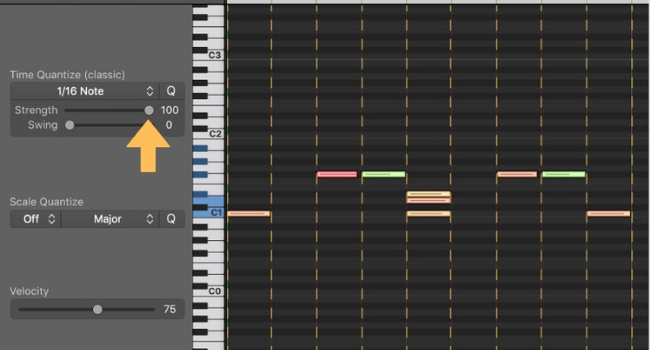
Quantization distortion takes place when you round a waveform to a bit depth that is inaccurate in relation to the amplitude. This causes high-order harmonic generation, which is unpleasant. This is where dithering can help.
When you introduce noise to the signal, it is designed to conceal the harmonics that come from quantization distortion. It randomizes harmonics when it replaces them with noise. When they are partially masked and randomized, it becomes more difficult for the human ear to perceive them. This process of exchanging the harmonics from quantization distortion for noise is what dithering is all about.
When Should You Use Dithering?
You only need to use dithering when quantization distortion is present. This type of distortion occurs at lower bit depths and when you reduce a higher bit depth file to a lower one.
Basically, any time that you reduce a higher bit depth file to a lower one, you should use dithering to mask the quantization distortion. This is most common during the mastering process. The dithering is normally implemented during the process of bouncing or exporting.
Are There Times When Dithering Should Not Be Used?
When you don’t need dithering, there is no reason to do it because it only adds extra noise to your signal. In this case, you run the risk of making the nose loud enough to be perceived.
One of the goals in recordings is to avoid excessive noise, so you shouldn’t use dithering unless you need to. The only time that you should use dithering is to cover distortion from quantization.
Types of Dithering
There are a few different options for dithering. One type uses dithering for low dynamic range mixes, including compressed pop or rock. The noise has a flat frequency response. Another type is used for speech, and it includes noise-shaping equalization to attenuate the noise.

A third type is used for recordings that are highly dynamic. It is important to make sure that you use the dithering technique that is appropriate for your digital files, but only when it is necessary to do so.
Other Information About Dithering
There are a few more things to understand about dithering. First, some people suggest that you don’t need to dither with certain plug-ins because they self-dither. You shouldn’t approach dithering this way. If you reduce bit depth, you will almost always want to add dither.
Noise shaping is another feature of dithering, where you essentially apply EQ to the noise from dither. This can make it less audible. However, at 24 bits, it is hard to hear the dither noise at normal listening levels. It will still remove quantization distortion, so you still want to use it.
Final Words
Understanding dithering is essential to improving audio when you reduce bit depth. It is important to understand what dithering is and how to use it so that you can reduce distortion and create great-sounding audio files. If you aren’t sure how to do it, you can always count on a professional service for help.






